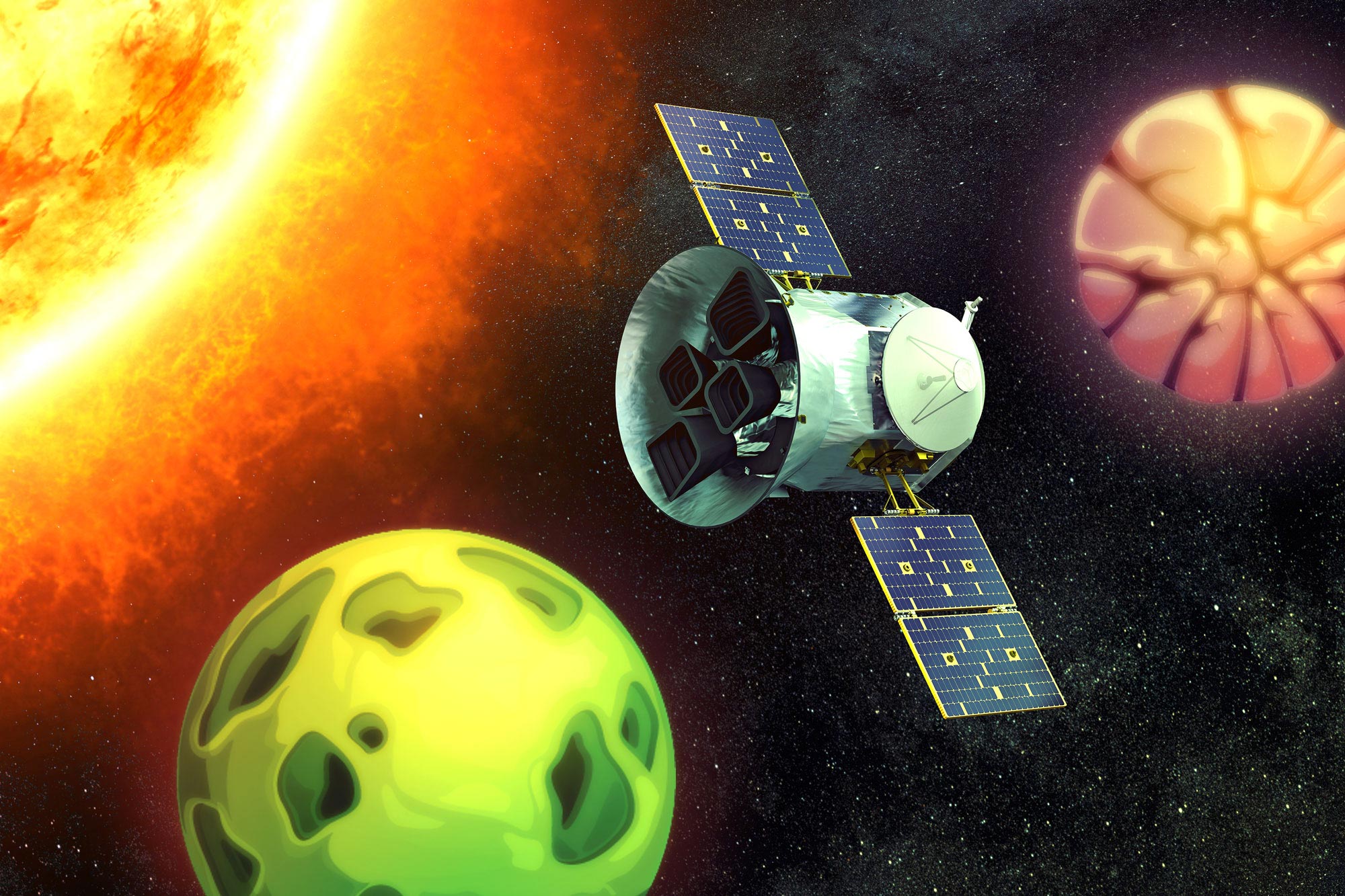
Scientists discovered a multiplanet system hosting two earth-type planets just 33 light-years away from us. Here’s all you need to know about it.
NASA spots a Multiplanet system with Earth-sized planets
NASA’s Transiting Exoplanet Survey Satellite (TESS) spotted a multiplanet system in our galactic neighborhood. The system is present just 33 light-years from planet Earth and is home to two Earth-sized planets.
At the heart of the system lies a small and cool M-dwarf star, named HD 260655, and astronomers have found that it hosts at least two terrestrial, Earth-sized planets. “However, the planets are likely not habitable, as their orbits are relatively tight, exposing the planets to temperatures that are too high to sustain liquid surface water,” revealed MIT scientists who made the discovery.
The inner planet, dubbed HD 260655b, orbits the star every 2.8 days and is about 1.2 times as big as the Earth. The second, outer planet, HD 260655c, orbits every 5.7 days and is 1.5 times as big as the Earth. Additionally, they have both been described considered “rocky.”
What does this discovery mean?

This is going to help in better understanding the neighborhood. Hence, the discovery of the multiplanet system is increasing excitement among members of the scientific community. Moreover, a closer look at their properties will answer the age-old question of their ability to hold life. The team is going to present their findings at the meeting of the American Astronomical Society in Pasadena, California.
“Both planets in this system are each considered among the best targets for atmospheric study because of the brightness of their star,” said Michelle Kunimoto, a member of the research team. Kunimoto is a postdoc at MIT’s Kavli Institute for Astrophysics and Space Research.
“Is there a volatile-rich atmosphere around these planets? And are there signs of water or carbon-based species? These planets are fantastic test beds for those explorations,” added Kunimoto.


